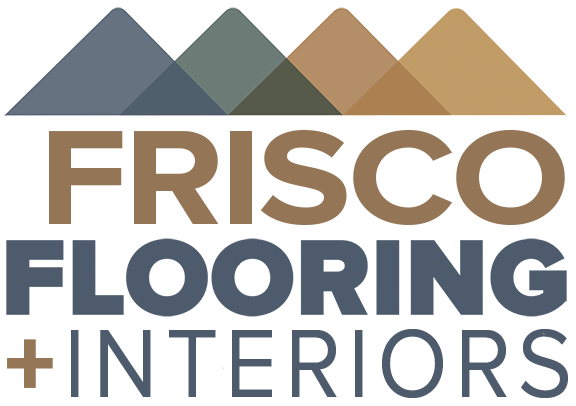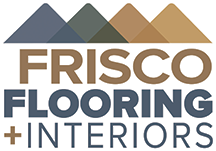Luxury Vinyl’s construction makes it inherently durable, but you’ll want to remember the basics of routine care, protection, and repair. Follow these guidelines to ensure that your floors will look great for many years to come.
Preventative Maintenance
The type and frequency of traffic on your floor will determine the maintenance needed. Even the color will have some bearing on how much care is necessary. For example, solid color floors will visually show scuffs, scratches, dirt and general wear to a greater degree than multi-colors of patterns. Of course, white or light colored will visually show staining to a greater degree than darker colors. For this reason, white or light colored floors should receive special attention in regard to preventative maintenance and amount of care provided. Good judgement when choosing the type, style and color of floor will help prevent problems before the floor is even installed.
- New floors should not be saturated or wet cleaned for 5 days after installation. Only damp mopping is recommended between installation and the 5-day period.
- Walk-off mats should be used at all entrances to absorb soil and moisture and protect your floor from tracked-in dirt and grit. Take time to remove any embedded grit particles from shoe soles before entering. If mats are placed directly on top of flooring, use mats without latex or rubber backing to avoid possible discoloration. Avoid tracking in tar or driveway asphalt as they can discolor vinyl.
- Do not use vinegar, one-step cleaner/polishes, or oil soaps on resilient flooring.
- Use appropriate wide floor protectors (such as non-staining cups or pads) under tables, chairs, appliances, and any other heavy home furnishing to avoid scratching and other permanent damage.
- Always protect floors when moving heavy objects to prevent permanent scratches. The use of plywood and/or heavy cardboard are examples of protective barriers.
Routine Maintenance
SAFETY CAUTION: The surfaces of resilient floors change during wet cleaning and finish applications. Use appropriate safety measures.
- Daily removal of dirt and dust is important to prevent particles from abrading the surface of resilient floors. Sweeping, dust mopping, and vacuuming are acceptable methods for removing soil particles that can result in scratches and worn appearances. Do not use vacuums with rotating beater bars on hard surfaces.
- Periodic wet cleaning will be necessary to help maintain the floors appearance. Always pre-vacuum or dust mop prior to any type of wet cleaning. Appropriate vinyl floor cleaning equipment – a microfiber mop as opposed to a string mop and, neutral PH cleaning agents are recommended. Do not use abrasive cleaners that leave dull residues on the surface of the floors. Follow the cleaning product manufacturer’s instructions for damp mopping and application. If rinsing is necessary use clean water and expedite drying with fans if needed as standing water can damage or stain vinyl flooring.
- The use of any type of steam cleaner on resilient flooring is not recommended.
Spot and Stain Removal
Resilient flooring is engineered to resist and minimize common staining however, as with any surface, cleaning of the affected area should begin immediately upon discovery. For general spotting and cleaning a neutral pH cleaner such as Shaw Hard Surface Cleaner or ZEP Neutral Floor Cleaner are recommended.
- Absorb wet spills as quickly as possible by blotting with white paper or cloth towels. Rinse with water if necessary and blot dry.
- Dried spots should be removed by gentle agitation and rinsed with water. Blot dry.
- Use a recommended cleaning product formulated for vinyl floor cleaning. Do not use detergents or abrasive cleaners as they may leave a dull residue.
- Use rubbing alcohol (isopropyl alcohol) with a clean white cloth for spots requiring a solvent type cleaner that water and cleaning agents cannot remove.
- Certain types of rubber heel marks may be removed by gently rubbing with a cloth dampened odorless mineral spirits.





